Description
Mango leaves are a popular offering used in Hindu poojas. They contain a deep spiritual significance and represent auspiciousness and prosperity. Find out why mango leaves are so important to these rituals, their traditional uses, and how you can incorporate them into your own worship practices.
The History behind the Tradition.
It is believed that offering mango leaves to God strengthens the bond between human and divine, as it is said to grant wishes. This tradition has been around for centuries and its importance in spiritual life is deeply rooted in Hinduism and Indian culture. Mango leaves were also used to decorate doorways and entrances of temples, homes, and palaces as a sign of prosperity and good luck. Through time the tradition grew more popular, eventually becoming part of the traditional pooja rituals practiced in India today.
The Ceremonial Significance of Mango Leaves.
In Hindu tradition, mango leaves are associated with the gods of rain and were offered as a way to honor their presence and seek blessings. During pooja rituals, it is an important practice to offer newly harvested mango leaves as an offering to God, as they represent freshness and prosperity. The shape of the leave resembles an umbrella, shielding the deity from all forms of negative energies and thus protecting them. Mango leaves can be used to make a garland around the god statues or hung at specific places in a temple. Additionally, it is believed that placing the leaves on pujas thali brings additional luck and wealth into one’s life.
Uses and Benefits in Ayurveda.
In addition to its use in pooja rituals, mango leaves have a range of medicinal uses according to Ayurveda. Leaves are used in ayurvedic medicine to treat respiratory diseases, tuberculosis, and gastrointestinal disturbances. Mango leaves are rich in antioxidants and vitamin A and can help boost digestion when combined with other herbs. Its antibacterial, antifungal, and anti-inflammatory properties help reduce inflammation and relieve cough, sore throat, and asthma.
Types of Poojas Involving Mango Leaves.
Mango leaves play an important role in many Hindu religious poojas. They are used for various purposes, including welcoming guests, offering blessings to deities, providing protection against negative energies, and inviting prosperity into homes. For example, the Tamil tradition of hanging mango leaves in front of the house is a common practice during the festival of Diwali and the inaugural ceremony for new homes known as Griha Pravesh. The coconut is placed on top of the mango leaves while making offerings to deities or celebrating any special occasion.
Ways to Worship with Mangoes and Sacred Rituals with Mango Leaves.
Mango leaves are used in several Hindu rituals and poojas. During the pujas, it is customary to use two mango leaves along with coconut to honor gods, goddesses, and deities. The offering of mango leaves represents inviting prosperity into the home and warding off any negative energy or obstacles. Additionally, the presence of mango leaves is believed to bring luck, fortune, success, and long life. Making offerings of raw mangoes during particular festivals or ceremonies is also an integral part of many Hindu traditions.


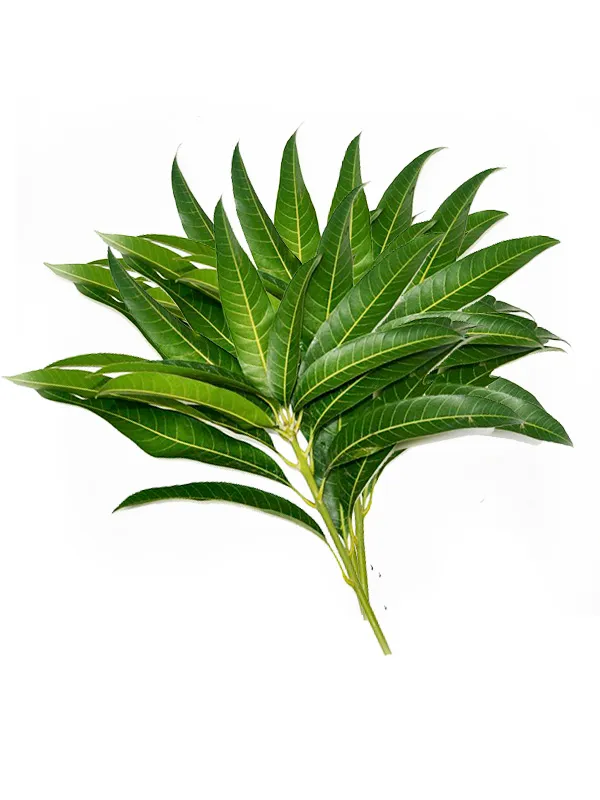
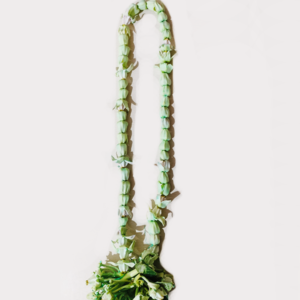
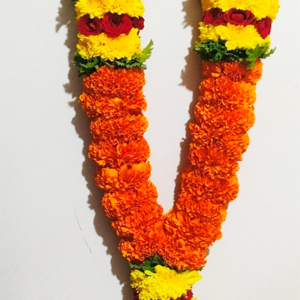
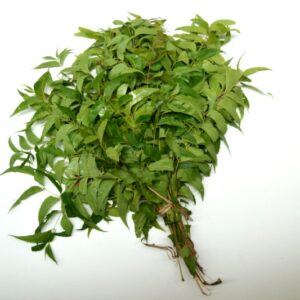
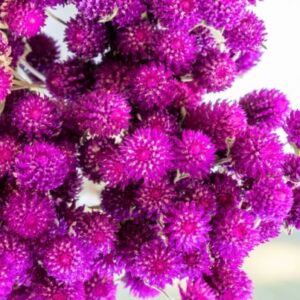
Reviews
There are no reviews yet.